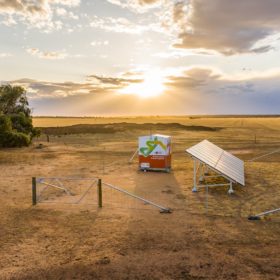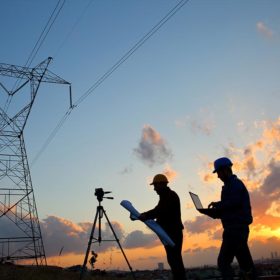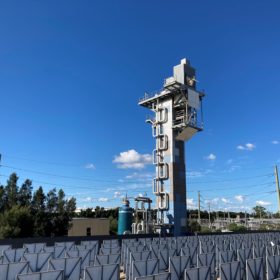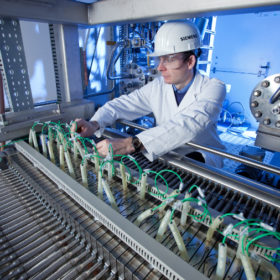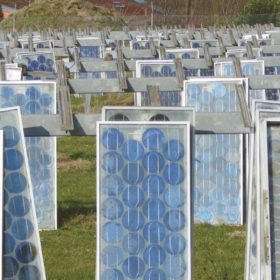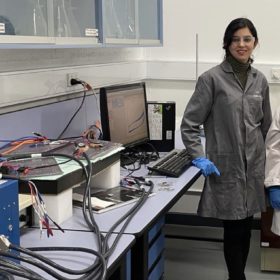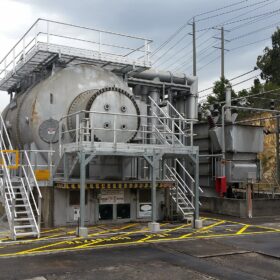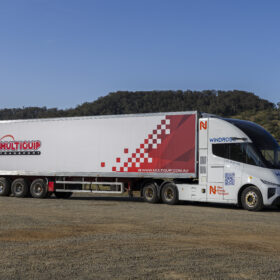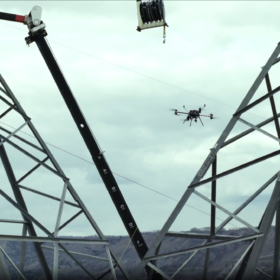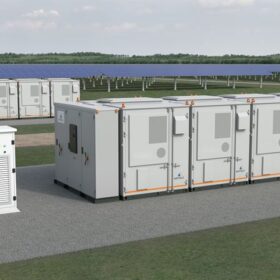Saturday read: Scaling up standalone power systems
As technology redefines the delivery of network services, grid operators in remote areas the world over are searching for more cost-effective and reliable alternatives to traditional poles and wires. Standalone power systems are the solar application that is at the forefront of the switch, and they’re ramping up fast.
AEMO looks to cloud to help solve connection issues
The Australian Energy Market Operator will later this month commence testing of a cloud-based simulator designed to accelerate the grid connection process for developers of energy projects including large-scale wind and solar.
CSIRO commits to net zero emissions target
Australia’s Commonwealth Scientific and Industrial Research Organization plans to use its Newcastle Energy Centre – home to the largest high-concentration solar array in the Southern Hemisphere – as a demonstration site for its newly announced net-zero emissions targets.
Perovskite-silicon tandems could rapidly scale solar
Halide perovskites combined with conventional silicon could help solar break the 26% efficiency barrier – disrupting the technology without disrupting business systems.
Australian scientists set out to use wastewater for green hydrogen electrolysis
Australia has the sun, the wind and the space to become one of the world’s green hydrogen export superpowers in coming decades. However, the Sunburnt Country does have a dearth of one ingredient in the green hydrogen equation – freshwater. Thankfully, researchers from Monash University and a group of national water utilities are joining forces to find a way to use wastewater for the process of electrolysis.
Blockchain for PV module recycling
Next Energy and Marubeni are developing a blockchain tech for PV module inspection – with the support of the Japanese government – which they claim is able to provide data on a panel’s traceability and components as well as verifying that the data were not modified or tampered with.
ANU researchers claim 29% efficiency world record for bifacial solar cell
Researchers at The Australian National University claim to have set a world record for bifacial solar PV cell efficiency that they say could boost the energy output of solar farms by 30%.
Dubai project promises ‘customised, walkable’ building PV
The new headquarters planned by DEWA is intended to consume no more annual electricity than it generates, from a large volume of rooftop and building-integrated PV.
Monash chemists find novel salt solution for lithium-ion battery fires
Researchers at Monash University have published a new study in which high voltage lithium batteries, such as those used in electric vehicles and grid scale energy storage systems, are tested with a novel lithium salt shown to be far less hazardous than current conventional materials.
Melbourne PhD students pioneering new method of recycling li-ion batteries
Three PhD students from Melbourne are moving their research into recycling lithium-ion batteries from the labs into pitch meetings, vying to become one of the first companies in Australia to recover the metals and minerals from spent batteries. Their method, they say, is simpler, less toxic and more cost competitive than those widely used.
